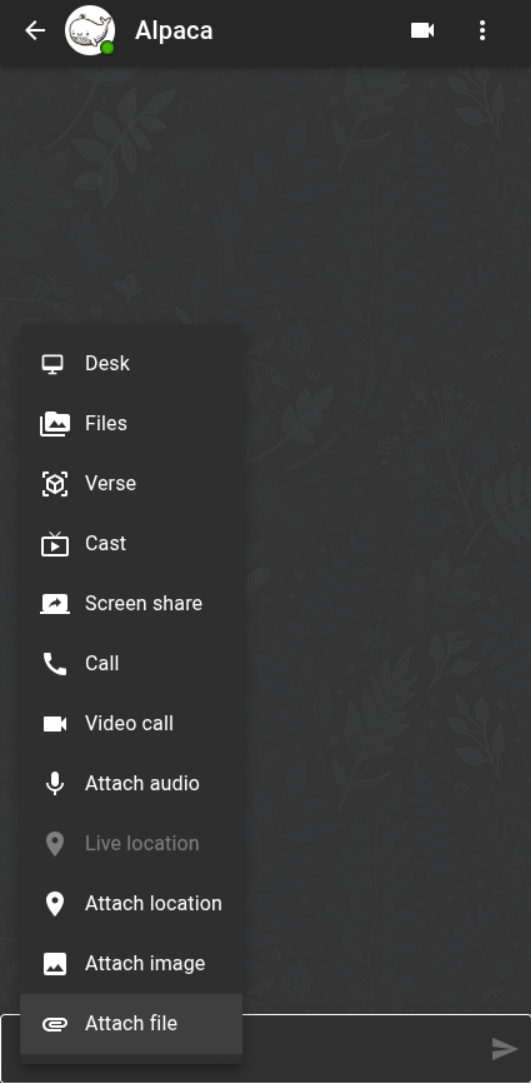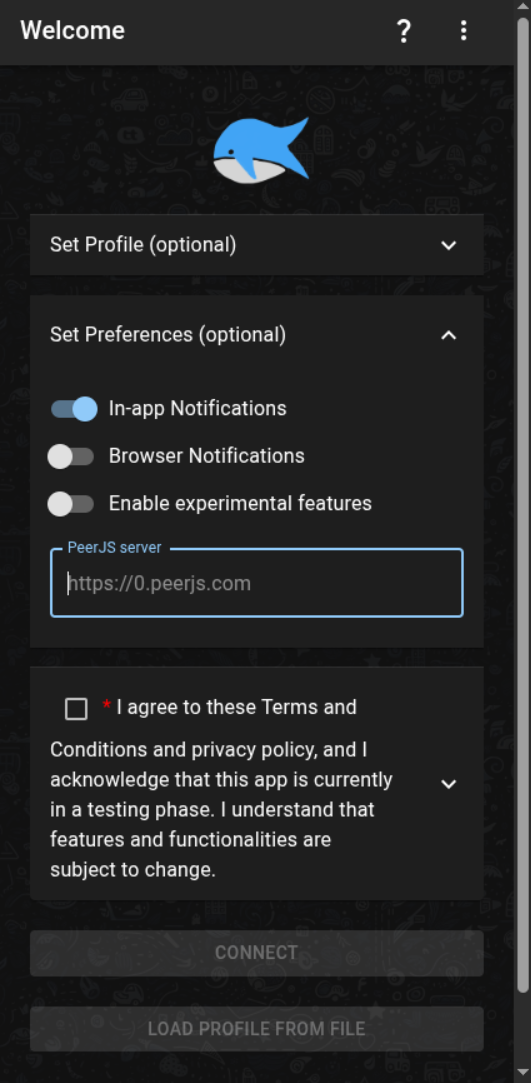Introducing Dim – a new framework that brings React-like functional JSX-syntax with JS. Check it out here:
🔗 Project: https://github.com/positive-intentions/dim
🔗 Website: https://dim.positive-intentions.com/
My journey with web components started with Lit, and while I appreciated its native browser support (less tooling!), coming from ReactJS, the class components felt like a step backward. The functional approach in React significantly improved my developer experience and debugging flow.
So, I set out to build a thin, functional wrapper around Lit, and Dim is the result! It's a proof-of-concept right now, with "main" hooks similar to React, plus some custom ones like useStore for encryption-at-rest. (Note: state management for encryption-at-rest is still unstable and currently uses a hardcoded password while I explore passwordless options like WebAuthn/Passkeys).
You can dive deeper into the documentation and see how it works here:
📚 Dim Docs: https://positive-intentions.com/docs/category/dim
This project is still in its early stages and very unstable, so expect breaking changes. I've already received valuable feedback on some functions regarding security, and I'm actively investigating those. I'm genuinely open to all feedback as I continue to develop it!


https://positive-intentions.com/blog/async-state-management/ https://positive-intentions.com/blog/bottom-up-storage/
the state management with the useStore hook seem tricky to explain and can be a whole separate dicussion. i try to explain a bit in those posts. im still working on it more and while it isnt document anywhere, but im also investigating having it store data encrypted-at-rest.